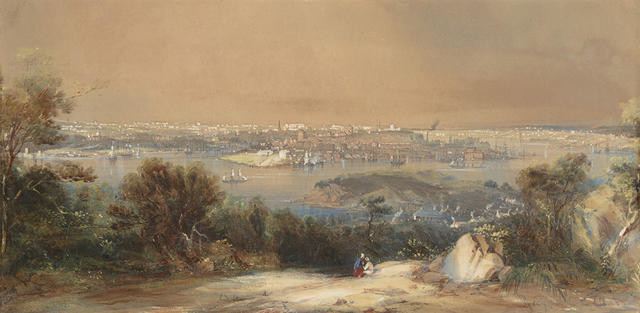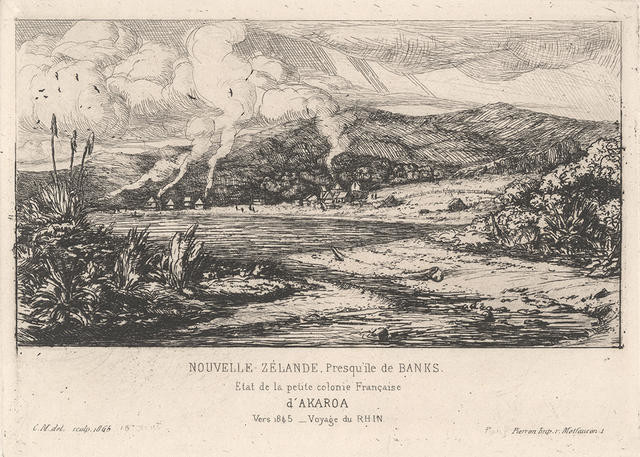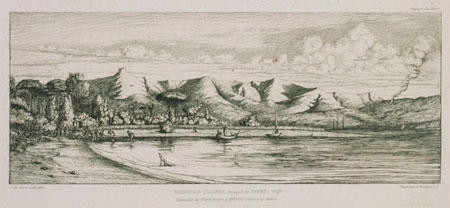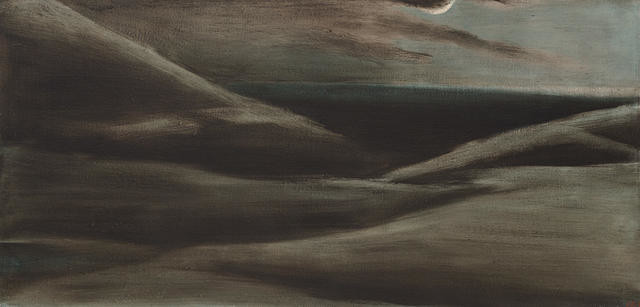What’s On

Our Design Store is having a revamp!
The shop is closed instore and online while we’re getting a fresh new look. Visit us again from 9 May

Night Market at the Gallery
Wine, beer, food, crafts, jewellery, ceramics, plants, candles, records, books, DJs (not for purchase) and more...
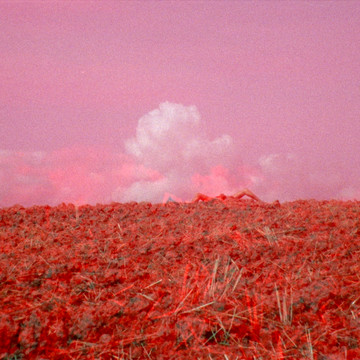
Spring Time is Heart-break: Contemporary Art in Aotearoa
A major exhibition featuring works that tell stories about personal and collective histories, communication, distance and relationships to our environment.
Open 7 days, 10am - 5pm
Late night Wednesday until 9pm
Free entry, free wifi



